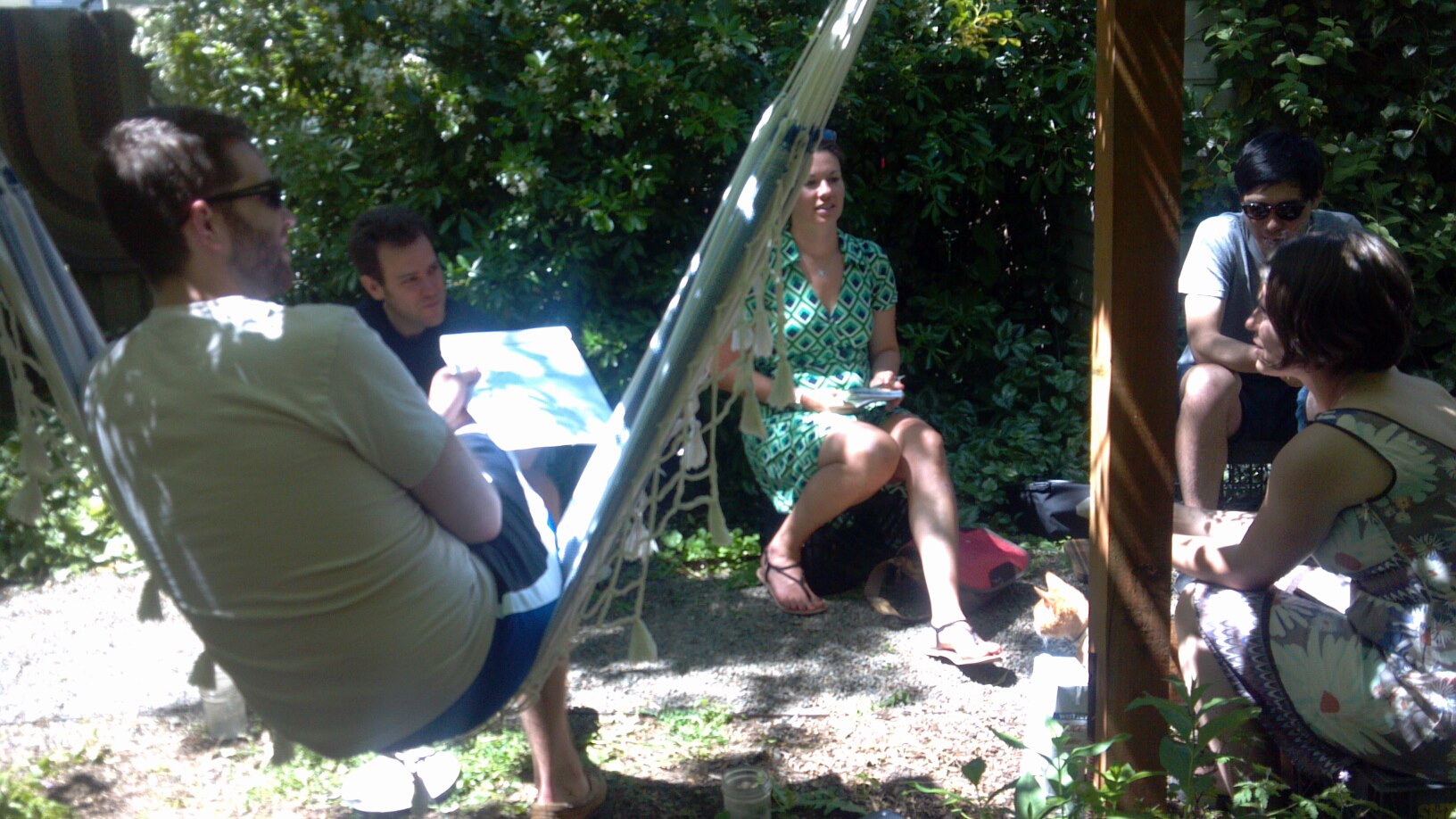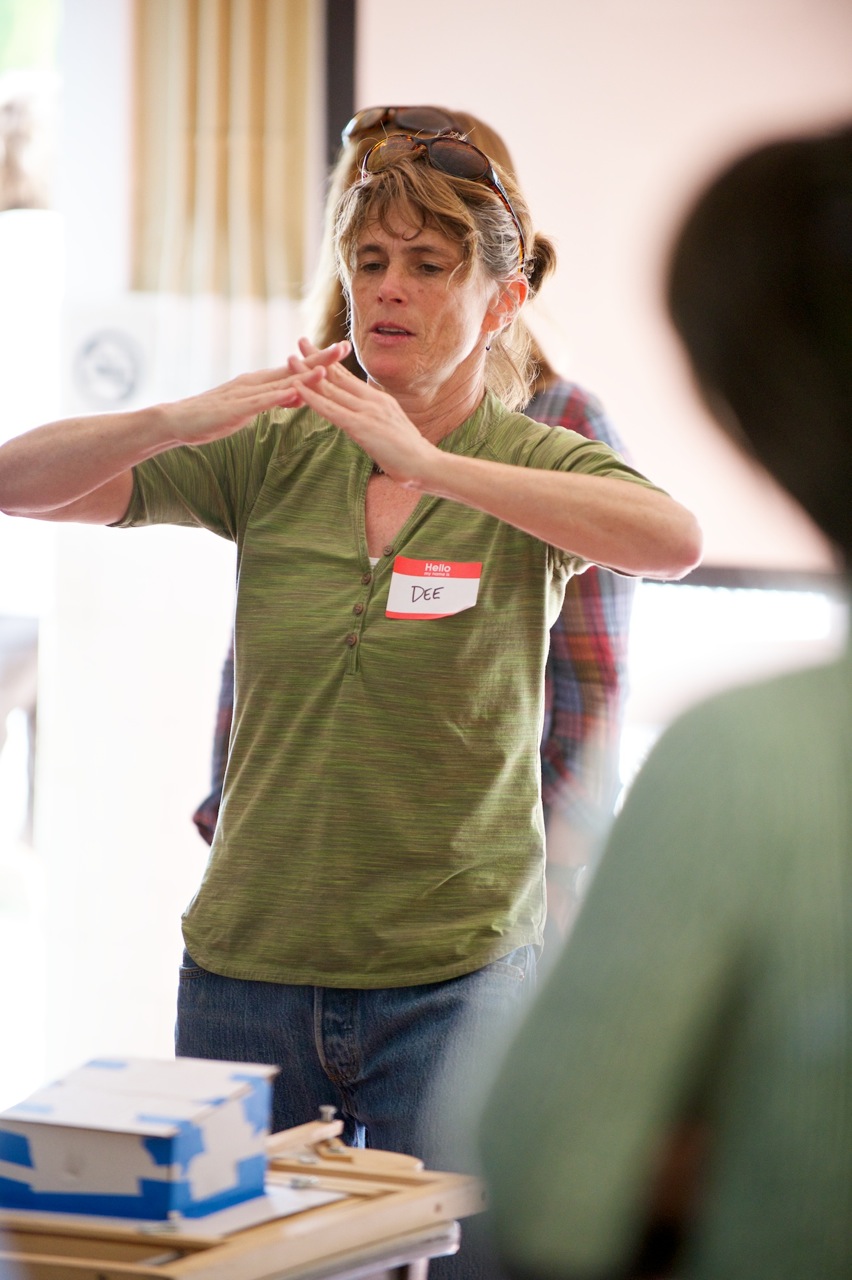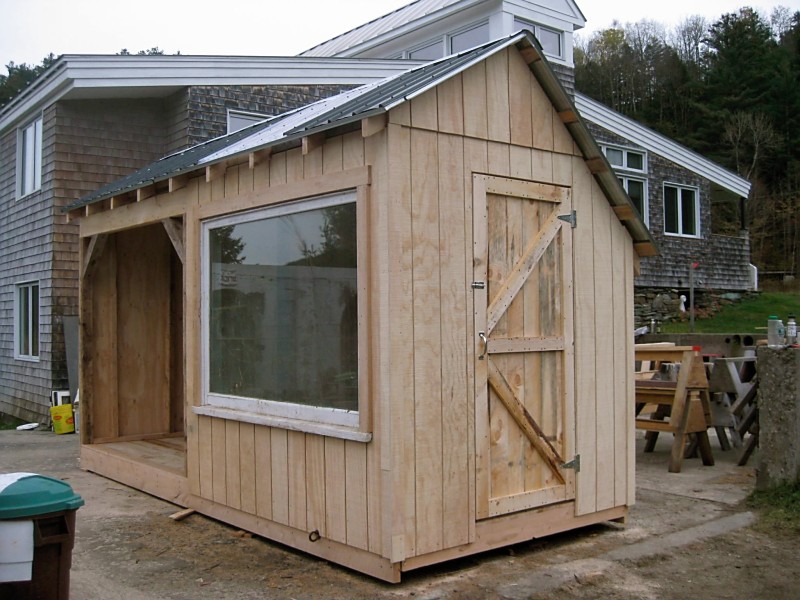When I moved to Portland in September of 2011 to begin graduate school and My Tiny House Adventure, I upgraded technology to a smart phone. I figured a smart phone would be good investments in simplifying my life and it has been. However, this past week I was reminded of my frustrations with Planning Around Obsolescence. Prior to moving here I was a T-mobile customer and I was very pleased with them. (T-Mobile is one of the few companies I know of that has such excellent customer service that I get off the phone in a better mood than when I started the conversation!) If T-Mobile had supported the iPhone two years ago I probably would have switched to the iPhone and stuck with T-Mobile. But at the time they didn't so I reluctantly left T-Mobile for a great deal with Virgin Mobile.
I hadn't used a smart phone before and I found my new phone was very useful as I navigated a new city. The bike directions in Google Maps and the Car2Go app were particularly helpful. (See Smart Car + Smart Phone = Smart Errands and Grocery Getter for more about car light living).
I also liked the lower price so I put up with Virgin Mobile's poor customer service. I put up with my battery going bad during finals my first term. (They shipped a replacement with only a bit of finagling.) I put up with finding my own replacement charger when that went bad a couple months later and Virgin Mobile shipped the wrong one. I learned which special key code to press when my phone quit connecting to the network every month or so. Last fall when my phone died completely (just a few days after the 1 year warranty, of course) I bought a phone just like it off of Craigslist and switched my phone service over to this new Virgin Mobile phone. I was dealing with the quirks and frustrations with my Virgin Mobile phone plan because I figured I was saving money.
But when my second phone died this week after I'd used it for less than 6 months, I decided to do a cost-benefit analysis. I realized that when I factored in the cost of replacing my phone every year on average and the couple of hours I spent each month messing with my phone to get it working again or ordering replacement parts, if I could beat $95/month I'd be in better shape going with something more reliable.
Fortunately, T-Mobile now supports the iPhone so I decided it was time to switch back. I think I'll stick with T-Moblie for good now. It was a good reminder that usually cheaper and less of a headache to go with the higher quality more durable product, especially if the support is great. I went for the iPhone 4 because I didn't need the latest and greatest and so far, I'm pretty impressed. My only major complaint is that Google Maps for iPhone doesn't include bike directions. Fortunately I know how to get around town much better now, but I still want to figure out a work around for this. (If anyone knows one, please let me know!)




















